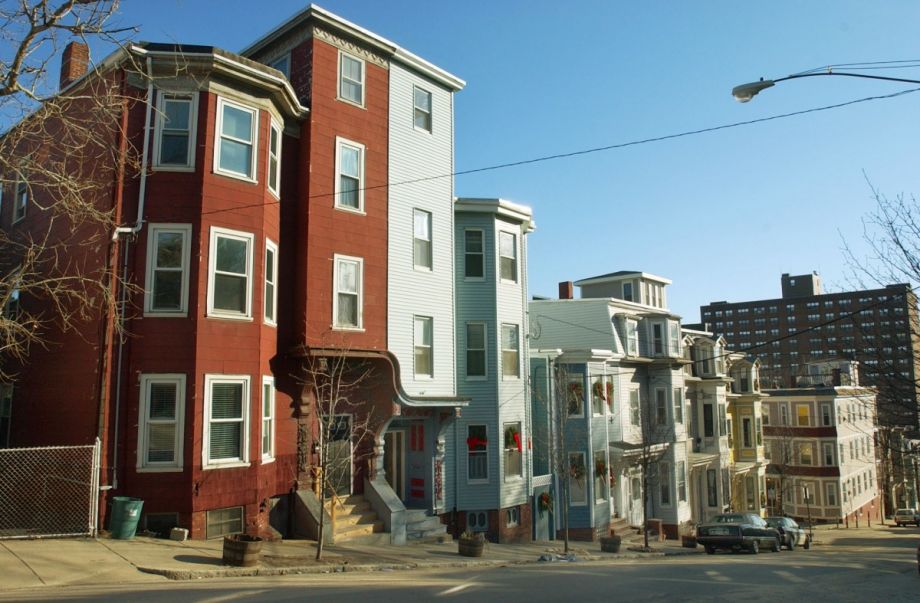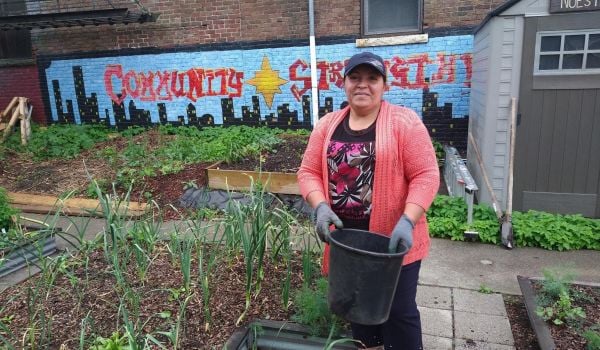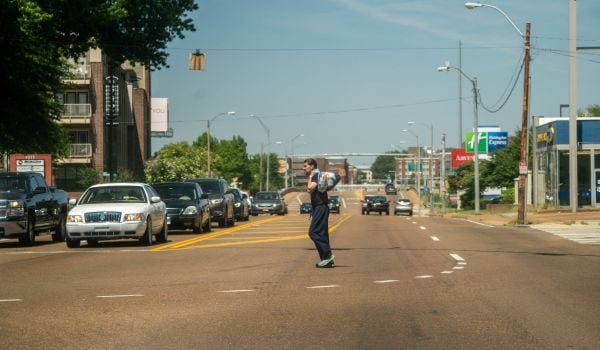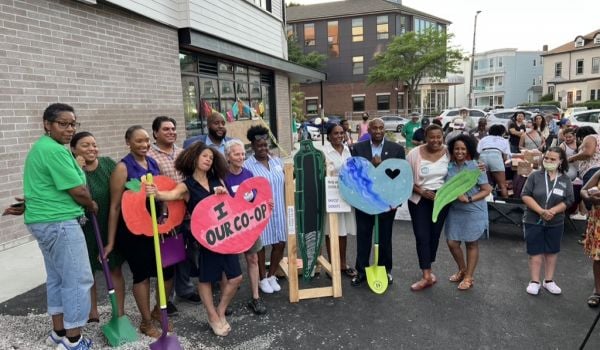“Data driven” must rank among the most common buzzwords in Vision Zero planning in the U.S. right now. Philadelphia, San Francisco and Washington, D.C., among others, all tout data collection as central in their efforts to reduce traffic collisions and deaths. While cities have traditionally relied on complaints to drive street improvements — a process that tends to favor the privileged and well-connected — data-driven approaches aim to identify and fix the deadliest stretches first. In most cities, these fall disproportionately in low-income neighborhoods and communities of color.
Thus “data driven” goes hand in hand with that other Vision Zero refrain: equity. But Boston, as part of its 2030 action plan, released this week, is trying get there following a different path. After making data-driven improvements to arterials, the city’s new Slow Streets program asks residential neighborhoods to nominate themselves for traffic-calming initiatives, instead of making those changes based on crash rates alone. If community groups can demonstrate there’s enough support and need, entire zones of 10 to 15 blocks will receive quick, low-cost safety improvements on nearly every street.
Stefanie Seskin, of the Boston Transportation Department, says the goal is not to create a process in which the squeakiest wheel gets the grease, but to speed up timelines and improve neighborhood engagement.
“We’re looking to residents of the city to come together and tell us they’re ready for traffic calming, and have figured out what their concerns are, and want to partner with us to make some real changes to streets,” she says. “It cuts out some of the need for us to do a lot of education and outreach about what traffic calming is because they’ve done it themselves.”
As a result, she expects the improvements to take place in one to two years, rather than five to seven. In addition to signage and pavement markings, traffic-calming interventions might include speed bumps and raised crosswalks, approaches Boston has used infrequently in residential neighborhoods thus far.
In order to apply, neighborhood groups need to show broad support, whether through resident signatures or letters from community organizations, faith-based groups or elected officials. They also need to make a presentation to neighbors about the program and its importance, as a way to ensure dialogue is happening among residents. A number of factors could boost a neighborhood’s eligibility: a high concentration of youth or seniors, proximity to transit and community institutions like rec centers and schools, and a high proportion of crashes.
Over the past year, the Boston Transportation Department has been visiting neighborhood meetings to explain the program, and two pilot neighborhoods have gone through the planning process and will begin construction this year. Applications are open now until March 24; two or three new neighborhoods will be chosen to join the program. So far Seskin says she’s heard from 12 to 15 looking to apply.
When it comes to ensuring the process is equitable, Seskin says, “I want to see what happens with this first round of applications.” She says nearly all residential Boston neighborhoods could be good candidates. “Every neighborhood feels crashes and feels speeding on their streets. I don’t want to discount how people experience their own neighborhood,” she continues. “What we’re doing is listening to that experience and then also applying our technical knowledge.”
Seskin acknowledges vocal, well-organized neighborhoods have a leg up in this process, but she says that’s why the other criteria — like concentration of community institutions and seniors — will also weigh heavily in choosing zones. Seeing which neighborhoods apply this year and which are underrepresented will help drive outreach for next.
And that’s just one data point the city will be collecting. Seskin says the transportation department will also be tracking whether crashes and speeding decrease in the neighborhoods that get improvements. Slow Streets is also just one component of the Go Boston 2030 plan, which was developed through an extensive public outreach campaign and incorporated feedback from over 3,300 residents. The plan aims to improve Boston’s transportation network so that it supports economic development, ensures equity and is prepared to withstand climate change.
Jen Kinney is a freelance writer and documentary photographer. Her work has also appeared in Philadelphia Magazine, High Country News online, and the Anchorage Press. She is currently a student of radio production at the Salt Institute of Documentary Studies. See her work at jakinney.com.
Follow Jen .(JavaScript must be enabled to view this email address)
















